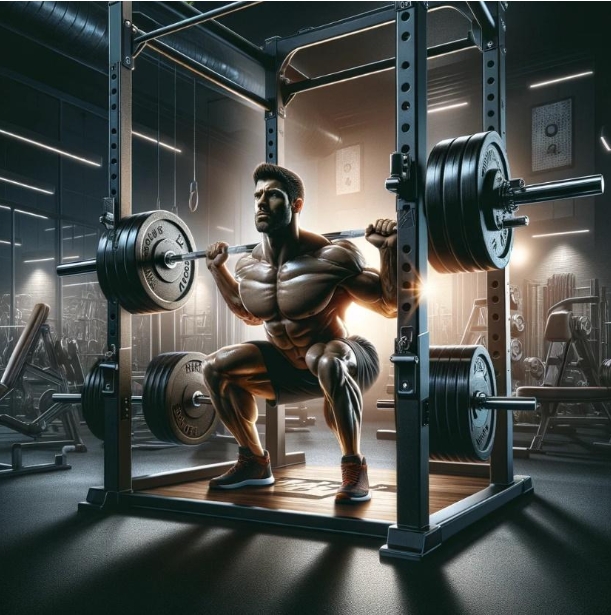Elevate Your Home Gym: The Ultimate Guide to Choosing the Right Squat Rack

Transforming your home gym into a sanctuary of strength doesn’t have to be an odyssey. Amidst the sea of equipment that promises to elevate your fitness journey, the squat rack stands as a beacon of power and versatility. However, navigating the nuances between squat stands, power racks, and squat racks can be as complex as choosing the right set of weights for your barbell. In this comprehensive guide, we’ll demystify the process, ensuring you make an informed decision that aligns with your space, goals, and budget. Let’s dive into the world of squat racks, where functionality meets durability in the quest for the ultimate home gym setup.
Understanding Your Options
Before you embark on this journey, it’s crucial to understand what sets squat stands, power racks, and squat racks apart. Each option offers unique benefits and limitations, tailored to different training needs and spaces.
- Squat Stands: The Minimalist’s Choice
Squat stands are the most basic form of support for gym barbell exercises. Comprising two separate stands, they offer flexibility and a smaller footprint, making them ideal for tight spaces. Squat stands are perfect for those who prioritize simplicity and portability, allowing for easy adjustment and storage. However, their minimalist design means they often lack the safety features and stability of their more robust counterparts.
- Power Racks: The Safety-First Solution
Power racks, also known as power cages, are the epitome of safety and versatility in weight training. With four vertical posts and two horizontal safety bars, they offer a secure environment for performing a wide range of exercises beyond squats, including bench presses and pull-ups. Power racks are an investment in your safety and progress, designed for serious lifters who have the space to accommodate their larger footprint.
- Squat Racks: The Versatile Middle Ground
Squat racks, or half racks, provide a happy medium between the simplicity of squat stands and the security of power racks. They typically feature a single, connected structure with adjustable spotter arms, offering more stability than squat stands without occupying as much space as power racks. Squat racks are ideal for intermediate and advanced lifters looking for versatility and safety without the full commitment of a power rack.
Factors to consider
When choosing the right squat rack for your home gym, several factors come into play. Here’s what you need to consider:
- Space and location
Evaluate the space you have available. Power racks require more room and ceiling height, whereas squat stands can fit into smaller spaces. Consider the layout of your home gym and whether you’ll need to move or store the equipment frequently.
- Training Goals and Experience
Your fitness level and goals should guide your choice. If you’re a beginner or primarily focus on light to moderate lifting, squat stands might suffice. Intermediate to advanced lifters, or those looking to safely increase their load, might prefer the added security of squat racks or power racks.
- Safety Features
Safety should never be compromised. Power racks offer the highest level of safety with their enclosed design and adjustable safety bars. Squat racks come next, with spotter arms providing a decent safety net. Squat stands offer the least protection, making them more suitable for experienced lifters who are confident in their lifting technique.
- Budget
Your budget will significantly influence your decision. Generally, squat stands are the most affordable, followed by squat racks, with power racks being the most expensive due to their size, durability, and added features.
- Additional Features
Consider what additional features are important to you. Power racks often come with attachments for pull-ups, dips, and more, making them a versatile piece of equipment for a full-body workout. Squat racks and stands may offer fewer features, but they can be more than sufficient, depending on your training regimen.
Making the Choice: Your Path to Power
Choosing the right squat rack is a personal journey that should be navigated with your unique fitness landscape in mind. Whether you opt for the minimalist approach with squat stands, the safety and versatility of a power rack, or the balanced functionality of a squat rack, ensure that your choice reflects your training needs, space, and budget.
Conclusion
The path to selecting the perfect squat rack for your home gym is paved with considerations of space, safety, and personal fitness goals. Embrace the process, and let your chosen equipment be the cornerstone of a home gym that inspires progress, safety, and personal achievement. With the right squat rack, every session is an opportunity to build strength, confidence, and resilience—right in the comfort of your own home.
